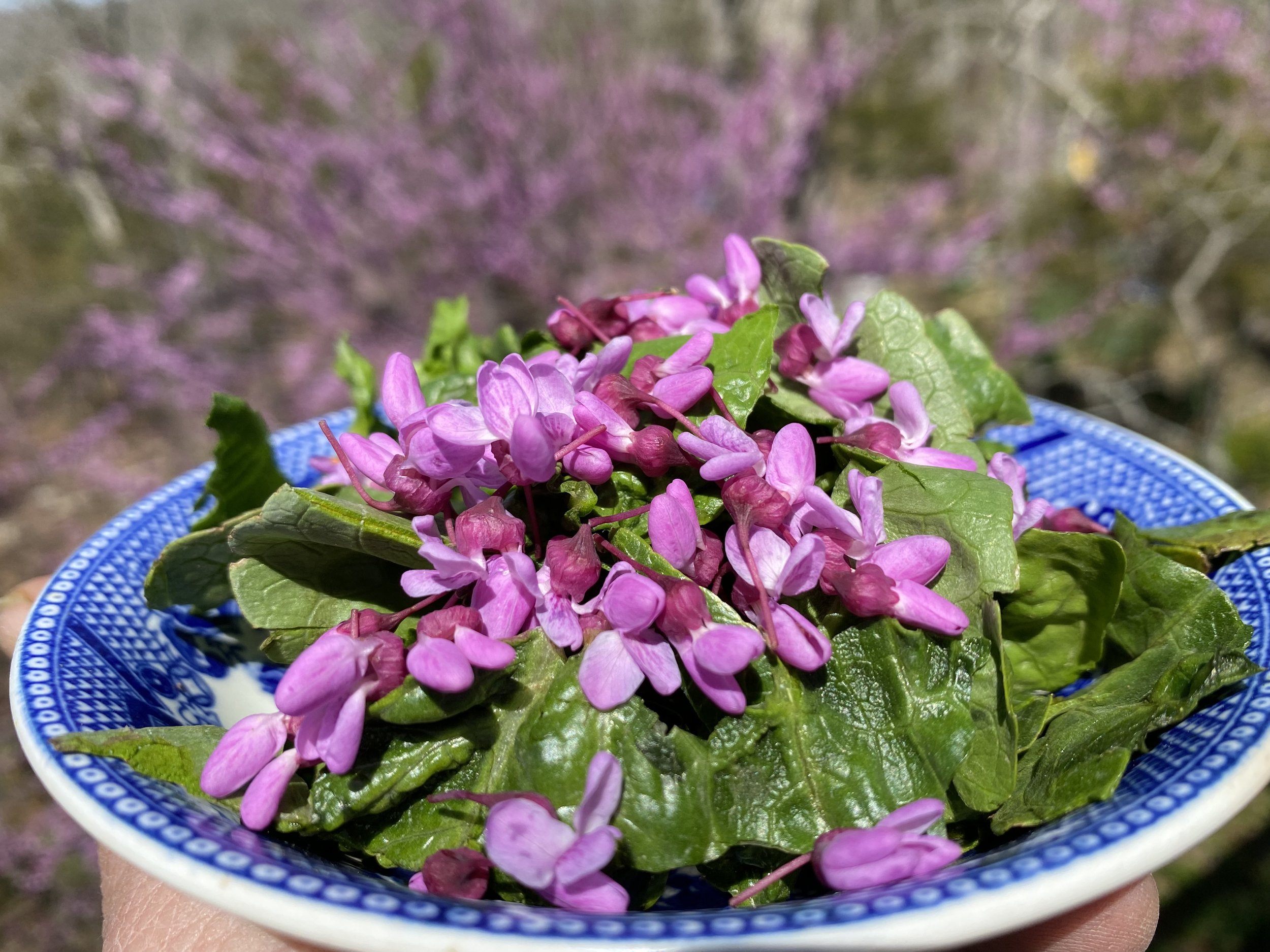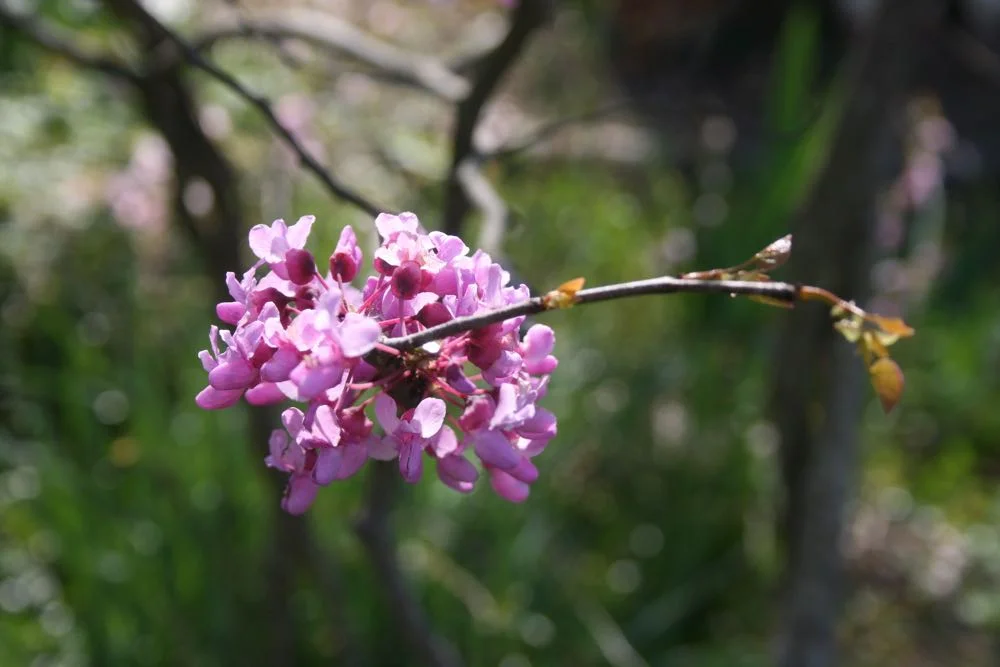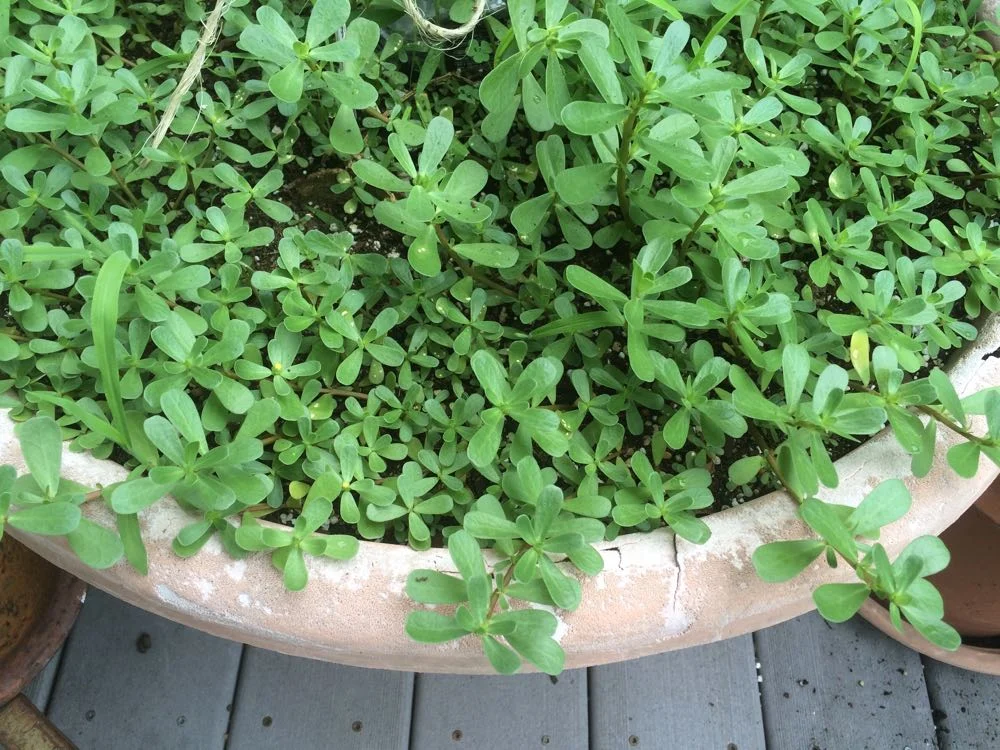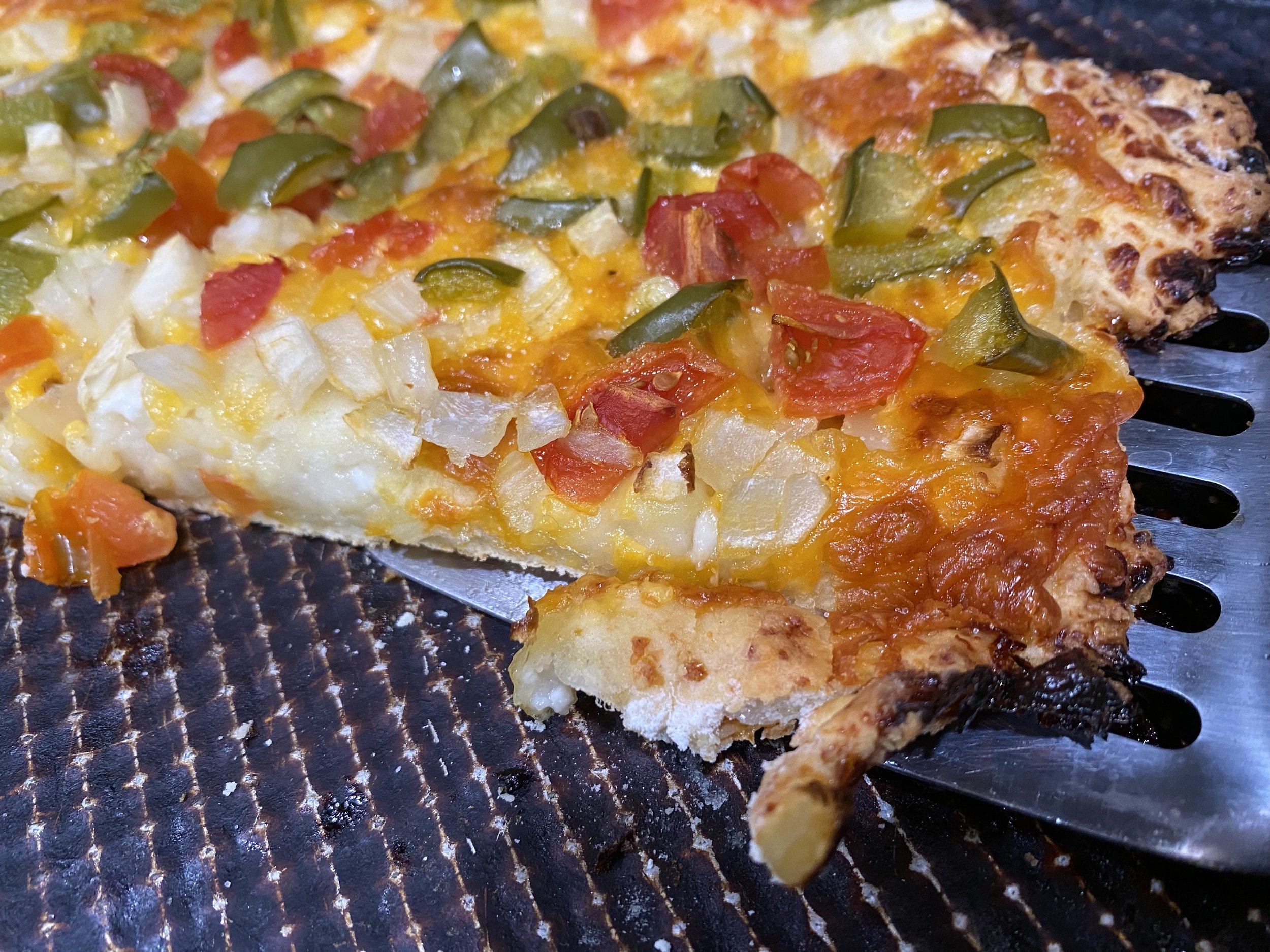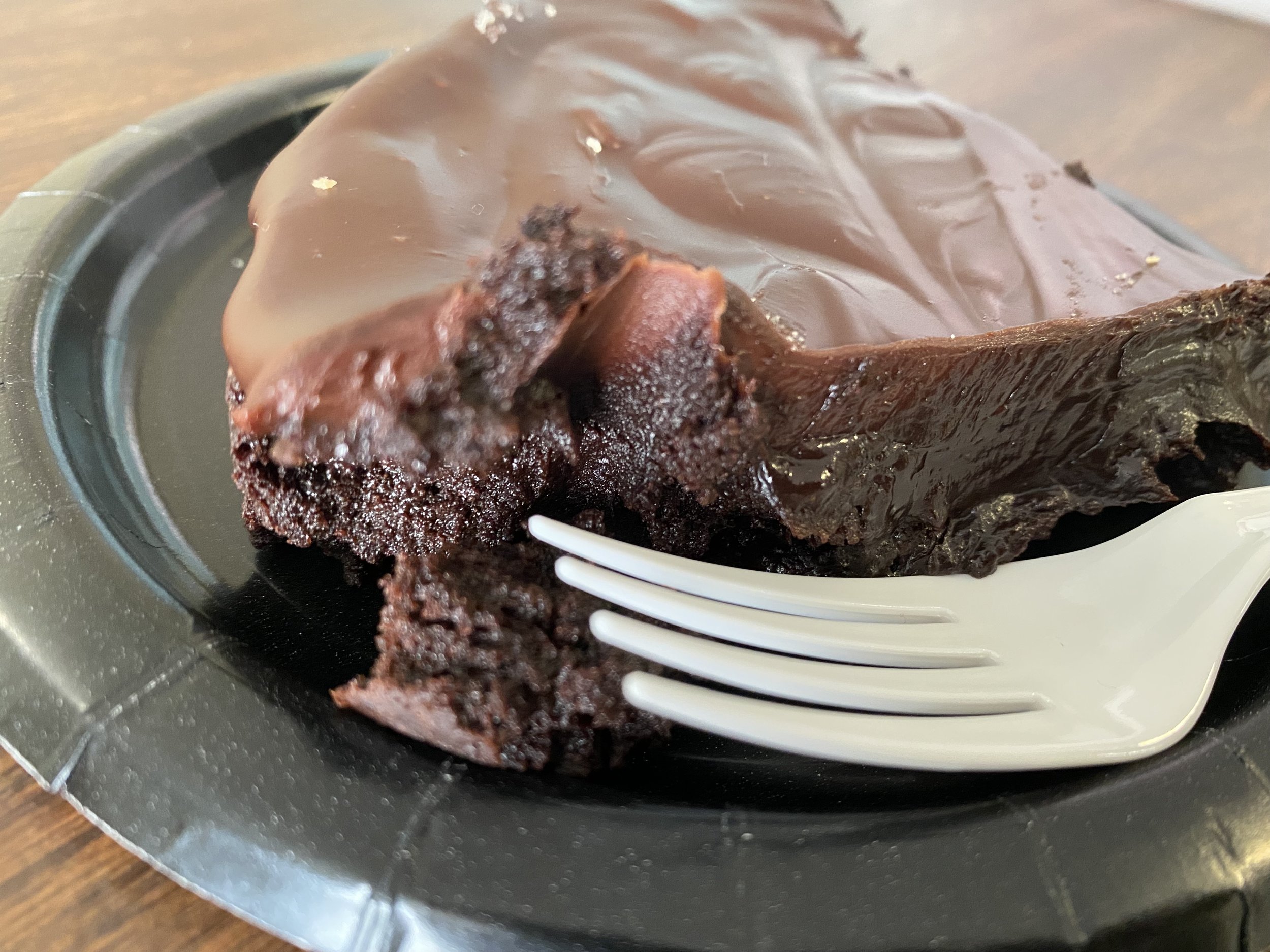Edible Eastern Redbuds
/Freshly-picked Eastern Redbud flowers from my garden on a bed of lettuce. (Charlotte Ekker Wiggins photo)
Edible Eastern Redbuds
When people think of growing plants in a garden for cooking, most people think herbs, or at least that is what a garden visitor told me during a recent visit. And for the foragers, they’re after morel mushrooms. But there’s an ornamental tree in most of the US that has quite edible parts, the Eastern Redbud.
Eastern redbud tree flowers at the end of their blooming cycle. (Charlotte Ekker Wiggins photo)
The Eastern Redbud (Cercis canadensis) has a rich history in North America, both as an ornamental tree and a source of food and medicine. Native to the eastern and central United States, this small, early-blooming tree was revered by Indigenous peoples for its beauty and usefulness.
Culinary Uses
Flowers – The blossoms are edible and have a slightly tart, sweet flavor. They were traditionally eaten raw in salads, used as a garnish, or pickled. Modern foragers also candy them or mix them into baked goods.
Buds and Young Pods – The small, immature seed pods resemble snow peas and can be eaten raw or cooked. They were sometimes sautéed or added to soups and stews.
Seeds – While not a common food source, the seeds are technically edible and were occasionally roasted.
Tea – The flowers and inner bark were sometimes brewed into tea, enjoyed for both flavor and potential medicinal benefits.
Medicinal Uses
Indigenous peoples used various parts of the tree for their healing properties:
Bark Tea – Brewed to treat fevers, congestion, and sore throats.
Inner Bark Poultice – Applied to wounds and cold sores to promote healing.
Astringent Properties – The bark and leaves were used for their mild antiseptic and astringent effects.
How to Use Eastern redbud Tree Flowers
The flowers can be sprinkled into a salad, used as a garnish or even baked into cookies or cakes.
The young leaf and flower buds can also be added into a stir fry, salad, or even lightly sautéed with other greens as a vegetable side dish.
The long seed pods, when young and purple, can also be plucked from the tree. These make a brilliant addition to a stir fry, or when finely chopped, they can be added to dressings and dips.
eastern redbuds are small understory trees that bloom in spring. (charlotte ekker wiggins photo)
Preparing Eastern Redbud Flowers
Pick the flowers early in the morning. Make sure you are not picking from an area that has been treated with chemicals.
Wash gently with cold water. Let drip dry.
Store in refrigerator until you plan to use.
The flowers will last in a storage container for a couple of days. So pretty!
For more cooking, gardening, beekeeping and easy home decor tips, subscribe to Garden Notes.

